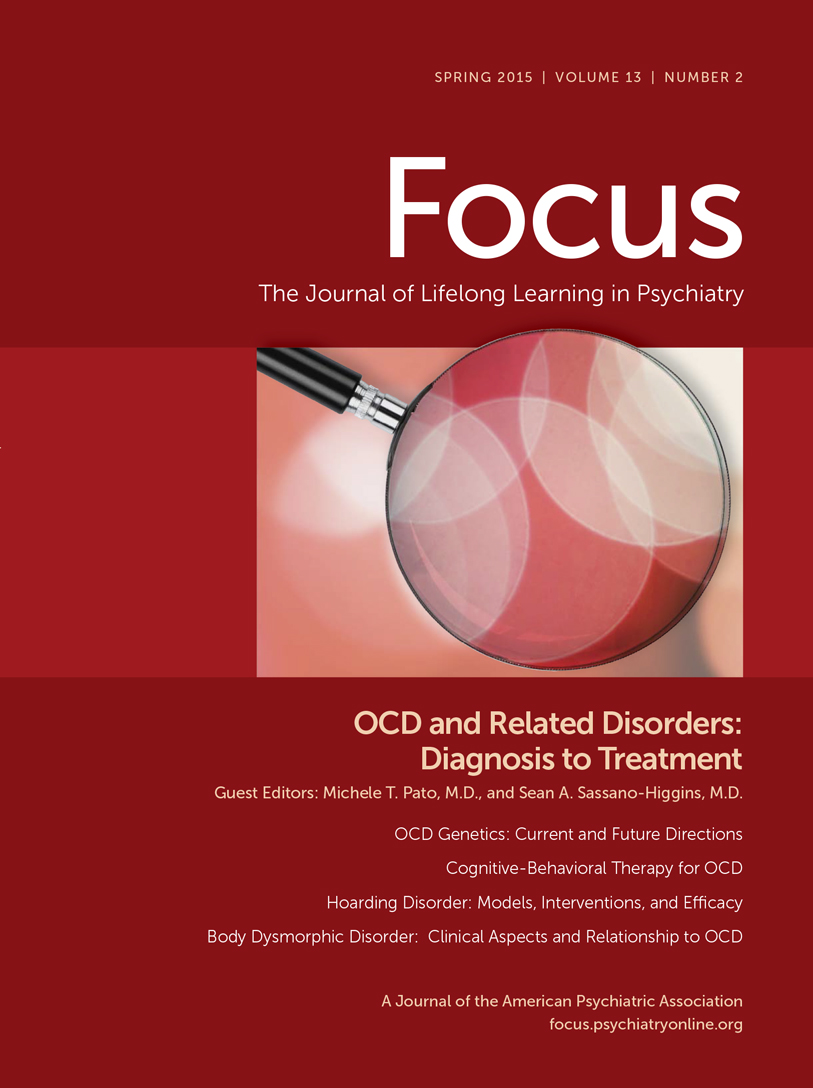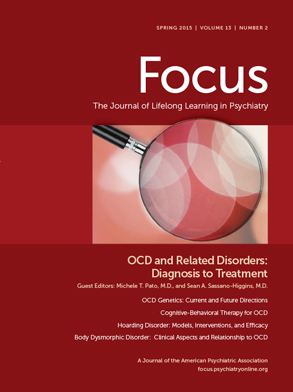1. Introduction
Individuals with body dysmorphic disorder (BDD) are distressed about perceived flaws in their physical appearance, commonly in their face (e.g., wrinkles, size or shape of the nose or ears; American Psychiatric Association
[APA], 2000). Although these “defects” are usually not noticeable to others, individuals with BDD misperceive their body part(s) of concern as unattractive and repulsive and often spend several hours per day worrying about their appearance. They frequently engage in time-consuming repetitive behaviours such as comparing, mirror checking, camouflaging, excessive grooming or reassurance seeking (e.g.,
Phillips et al., 1993;
Phillips, 1991). Further, BDD is associated with significant morbidity, including social or occupational impairment, being housebound, hospitalisation and suicide attempts (e.g.,
Phillips and Menard, 2006;
Phillips et al., 1993).
Despite increased awareness of BDD in the last decade, it is a relatively unknown and under-studied disorder. Although some studies have examined the prevalence of BDD, the obtained rates vary widely, which may be due to methodological differences and limitations (e.g., nonrepresentative populations and small sample sizes). Studies examining prevalence rates in student populations, in which higher base rates might be expected, have obtained prevalence rates of self-reported BDD ranging from 5% (
Cansever et al., 2003,
N = 420 female nursing school students;
Bohne et al., 2002,
N = 133 psychology students;) to 13% (
Biby, 1998,
N = 102 psychology students). A few studies examined the prevalence of BDD using structured clinical interviews (
Otto et al., 2001;
Bienvenu et al., 2000;
Faravelli et al., 1997). Specifically,
Otto et al. (2001) reported a BDD prevalence rate of 0.7% in a sample of 658 nondepressed and 318 depressed women between 36 and 44 years of age. Faravelli and colleagues examined the prevalence of BDD in 637 subjects from the general population of Tuscany (Italy) and also obtained a prevalence of 0.7% (
Faravelli et al., 1997). In addition,
Bienvenu et al. (2000) found a BDD prevalence of 3% in a small community sample (
N = 73). Taken together, these results suggest that BDD prevalence rates vary significantly depending on the subject population, sample size and assessment methods.
To our knowledge, only two studies have been conducted on the prevalence of BDD using a representative sample (
N > 2,000) of the general population.
Rief et al. (2006) conducted a survey study in 2004 with 2552 participants selected by an independent agency that divided Germany into 258 sample point regions (the sample point regions were derived from representative data of the last federal elections). The prevalence of current BDD was 1.7% (
N = 42). Moreover, consistent with previous research emphasising the morbidity associated with BDD (e.g.,
Phillips and Menard, 2006), individuals with BDD reported significantly higher rates of appearance-related suicidal ideation (19% vs. 3%) and suicide attempts (7% vs. 1%) than did individuals without BDD. Individuals with BDD also reported significantly higher rates of cosmetic surgeries than did those without BDD (7.2% vs. 2.8%). In addition, 27% of males and 41% of females without BDD reported being preoccupied with the appearance of at least one body part (though not meeting Diagnostic and Statistical Manual of Mental Disorders, fourth edition (DSM-IV) criteria for BDD), suggesting that body dissatisfaction is a common phenomenon in the general population (
Rief et al., 2006). Further,
Koran et al. (2008) conducted a national household telephone survey in 2004 with 2513 participants, of whom 2048 participants qualified for a more detailed BDD screening, based on their initial responses. They obtained an estimated point prevalence of 2.4% (
N = 49), which is comparable to the one obtained by Rief et al., further stressing that BDD is a common psychiatric disorder.
In the absence of large replication studies, the stability of previous findings remains unknown. Hence, in the current study, we sought to replicate previous findings (
Koran et al., 2008;
Rief et al., 2006) using another large, representative, nation-wide community sample. Specifically, we investigated the prevalence of BDD, associated features of BDD, such as suicidality or a history of cosmetic surgery, and rates of preoccupation with single body parts in the general population.
4. Discussion
To our knowledge, this is the third study reporting a nation-wide prevalence rate of BDD using a representative sample of the general population. Because of the great variability in BDD prevalence rates obtained from research with smaller samples, we aimed to replicate recent findings of two nation-wide studies on the prevalence and associated features of BDD (
Koran et al., 2008;
Rief et al., 2006). The prevalence rate in our current study (1.8%) was very similar to the one obtained in our previous study (1.7%), and to the one obtained by Koran et al. (2.4%). Both suicidal ideation and suicide attempts were quite common in the BDD sample and, as expected, significantly higher in those with, than in those without. The rates of associated features of BDD such as suicidal ideation and particularly suicide attempts due to appearance concerns were somewhat higher than those from our previous study (
Rief et al., 2006). Further, after controlling for years of age and education, individuals with BDD were not more often unemployed than individuals without BDD. This finding is inconsistent with previous studies obtaining high rates of unemployment in BDD (e.g.,
Phillips, 2000). It should be noted though that this is one of the first studies examining BDD and its hallmarks in the general population, rather than in a psychiatric setting. Thus, future research needs to explore this further. Moreover, although we obtained comparable rates of cosmetic surgeries in the non-BDD groups from the current (3.0%) and previous studies (2.8%;
Rief et al., 2006), the rate of cosmetic surgery in the BDD groups was somewhat higher in our current study (15.6%) than in our previous study (7.2%). Although it is premature to draw any conclusions from this finding, it is possible that cosmetic surgeries have become more acceptable overall in the last few years, which – in turn – may have influenced people with appearance concerns in their decision-making process.
Analysis of the specific body parts of concern within the BDD group revealed that the most frequently disliked body parts were the stomach, hips/buttocks, skin and breast/chest, whereas individuals without BDD mostly reported body image concerns related to their weight, stomach and hips/buttocks. Recall that primary weight concerns were an exclusion criterion within the BDD group. Consequently, it is not possible to directly compare weight concerns between the two groups.
Our current findings provide further evidence that BDD is a common disorder (1.8%) in the general population, and that it is associated with significant morbidity such as suicidal ideation and suicide attempts. This suggests that health-care providers should carefully screen for BDD, especially given that individuals with BDD tend to be ashamed of their BDD and may be reluctant to talk about their appearance concerns. Indeed,
Grant et al. (2001) noted that none of the BDD inpatients in their study discussed specific BDD concerns with their physicians unless their physicians had directly queried them about appearance concerns. Further, it is important to develop specific screening instruments for BDD that can be easily used in various settings such as primary care, dermatology, plastic/cosmetic surgery and psychiatry. Moreover, given that BDD, relative to other psychiatric disorders, is still a relatively unknown disorder, which has only just recently started to receive attention from the media, it is possible that there are many individuals with BDD who are unaware that they suffer from it and unaware that it can be successfully treated with psychotropic medication (see
Phillips et al., 2006) and cognitive-behavioural therapy (e.g.,
Rosen et al., 1995,
Wilhelm et al., 1999). The establishment of reliable BDD prevalence rates could enable us to better estimate the treatment needs for these individuals, and to begin to disseminate effective treatments to the general public and health-care providers in particular.
Moreover, our survey confirmed that many people in the general population have subclinical concerns about some aspects of their appearance. Specifically, females were mostly concerned about their stomach, hips/buttocks, weight and breasts, whereas males were mostly concerned about their stomach and weight.
Our study has several limitations. Although BDD was assessed using classification rules very similar to the DSM-IV, our findings are based on self-report data, rather than clinician-administered structured interviews. However, given that BDD sufferers are often ashamed and might not even reveal their specific BDD concerns to their physicians unless specifically asked (
Grant et al., 2001), it is possible that they are more willing to disclose their concerns in a survey than they are in an in-person interview. Given that individuals with BDD are often characterised by a lack of insight (e.g.,
Eisen et al., 2004), it is possible that some of our respondents had BDD but failed to recognise it. If so, the prevalence of 1.8% obtained in the current study may underestimate the true prevalence of BDD. For example, we asked our participants whether they were preoccupied with some aspects of their appearance although other people did not share their opinion. Thus, a BDD sufferer with a lack of insight is likely to think that he/she has a real defect which other people notice as well, and may not answer this question with “Yes” due to his/her delusional thinking. This may also partly explain why some individuals in the non-BDD group reported suicidal thoughts (3.5%) and even suicide attempts (2.1%) due to their appearance concerns (although, as expected, the non-BDD group endorsed those questions significantly less often than did the BDD group,
P<.002). Another limitation of the present study is the lack of an assessment of co-morbid psychiatric disorders such as depression or anxiety disorders. An assessment of co-morbid depression and/or depressive symptoms, for example, could have allowed us to examine why we obtained a much higher rate of suicide attempts in our current study, relative to the rate obtained by
Rief et al. (2006). Further, it should be noted that – on the one hand – a more detailed assessment is needed for a differential diagnosis of an eating disorder. However, given that the focus of this study was to assess the prevalence of BDD, the additional screening questions for eating disorder symptoms were only used for the purpose of not misdiagnosing individuals with eating disorders as having BDD. On the other hand, excluding individuals with a primary weight preoccupation may have led to a possible underestimation of the current BDD prevalence. In addition, it would be interesting to examine the influence of age on BDD symptoms in future general population studies.
In sum, to our knowledge, this is one of the first studies investigating the prevalence of BDD using a representative nation-wide sample of the general population. Our obtained BDD prevalence of 1.8% is remarkably consistent with our previously obtained prevalence of 1.7% (
Rief et al., 2006) and comparable to the BDD prevalence of 2.4% in the U.S. population (
Koran et al., 2008). Moreover, our findings provide additional evidence that BDD is associated with significant distress and morbidity and further emphasise the need for continued research on this chronic and severe disorder.

